Art Deco
The name Art Deco was coined for the
design style of the period between the world wars of the 20th century,
i.e. 1917 to 1939, almost 50
years later, in the 1960's. How
surprised would Cassandre have been
in the 1920's, when he was busy designing his wonderful railroad
posters, had he known that he would be labeled as an Art Deco Graphic
Designer in years to come.
Art Deco is strongly geometric, it's
hallmark is the triangle. Just as the
Art Nouveau designers that came before them were obsessed with the
Orient and particularly Japanese printmaking, the Deco designers
were strongly influenced by Egyptian Art.
The tomb of Tutankhamon was
unearthed during this time and its splendours captured the imagination,
not only of the populace at large, but also the designers and craftsmen
of the day. Deco style is in fact oppulent,
luxurious - not to put too fine
a point on it: Decadent. The fact
that major unemployment and the great depression set the backdrop
to this
luxuriousness
put
at the disposal of the upper classes on both sides of the Atlantic
is of course a sad footnote. This time in history is very much determined
by the social upheaval following Worl War 1: The breakdown of rigid
19th century taboos and morals both sexual and social, and consequently
the social and political emancipation of women; the chaotic manifestations
of
the
breakdown
of the class
dominated economic system such as the great workers' strikes of the
late 1920's and the crash of the stock market in 1929.
The Deco designers were also, and quite inevitably, strongly influenced
by the avantgardeist art movements of
their day, particularly Cubism and
the Bauhaus school. All in all Deco
is a bizarre mixture of the luxurious with the starkly modernistic
and has exerted considerable influence on all design styles that
have succeeded it.
The idyll of the era came to a tragic end with the onset of Nazism
and the second world war in Europe, when most of the foremost designers
and architects in Europe fled to the USA and took their skills and
intellect with them to establish the New York School in the late
40's and 50's.
Graphic Design
Art Deco graphic design distinguishes itself with strong
geometric shapes and starkly sans-serif
fonts, all of which is a strong reaction
to the curvilinearity of Art Nouveau and the Belle Epoque. Futura,
designed by Paul Renner in 1926,
is the font that best describes the spirit of the times where
typography is concerned.
Illustration, especially of a stylised/faux-cubist nature is widely
used. While typographically Art Deco designers joyfully embraced
the advice
of
the Bauhaus school
and widely used sans serif fonts the same cannot be said of page
construction: Art Deco graphic design is not strong on negative space,
a design element fiercely
advocated by the Bauhaus theoreticians but that the commercial designers
of the period chose not to heed. Thus where layouts are concerned
Art Deco designers followed the traditions of the 19th Century designers
to enable page navigation, i.e. boxing and compertmentalisation
and created very dense pages.
The foremost
designer
of
this
era
is A.M.
Cassandre,
who designed his stunningly beautiful posters in France. Cassandre,
like many
others fled to the USA at the start of the 2nd world war.
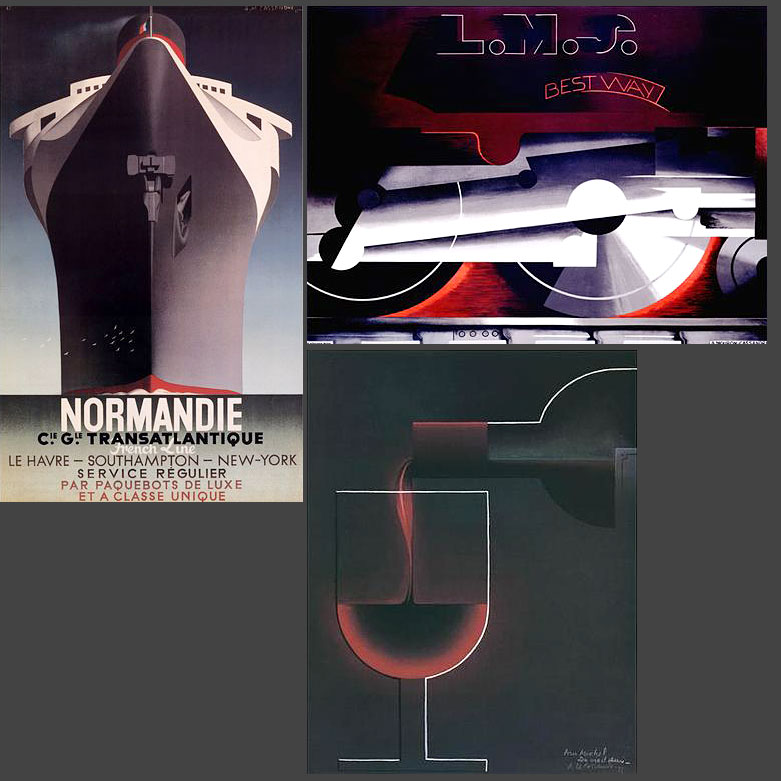
Posters by Cassandre
(top and bottom)

However Cassandre was not the only graphic designer of the age. Many
others excelled at the craft, including
names like Herbert
Bayer, Armin Hoffmann and Joseph Bauer.

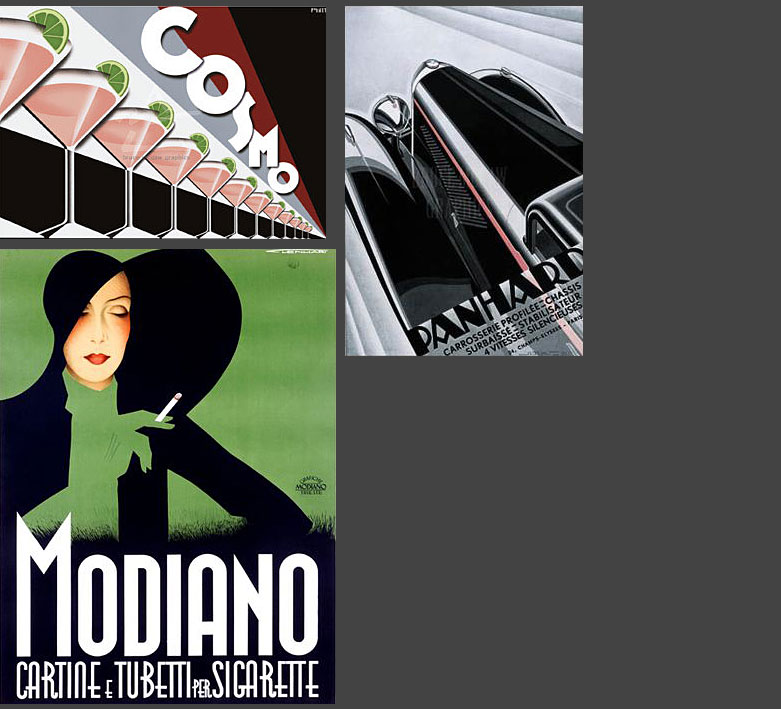
Deco was the time of the emancipated woman, the woman who wore short
skirts
and smoked in public...
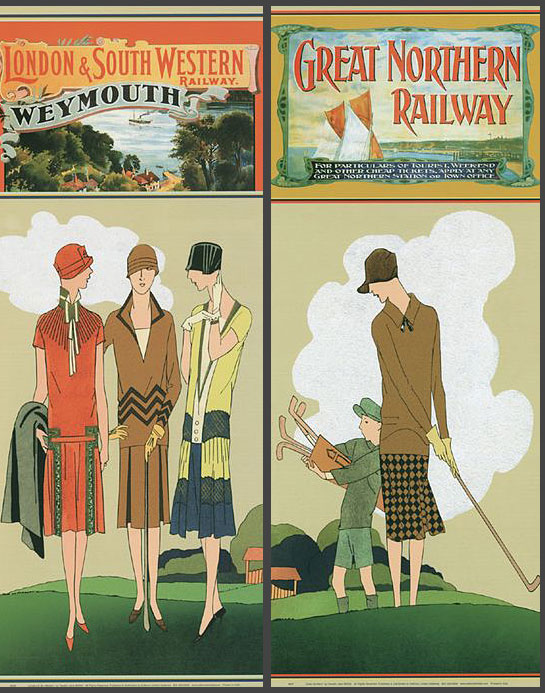
Who after the oppresive Victorian century that had passed openly asserted
her sexuality:
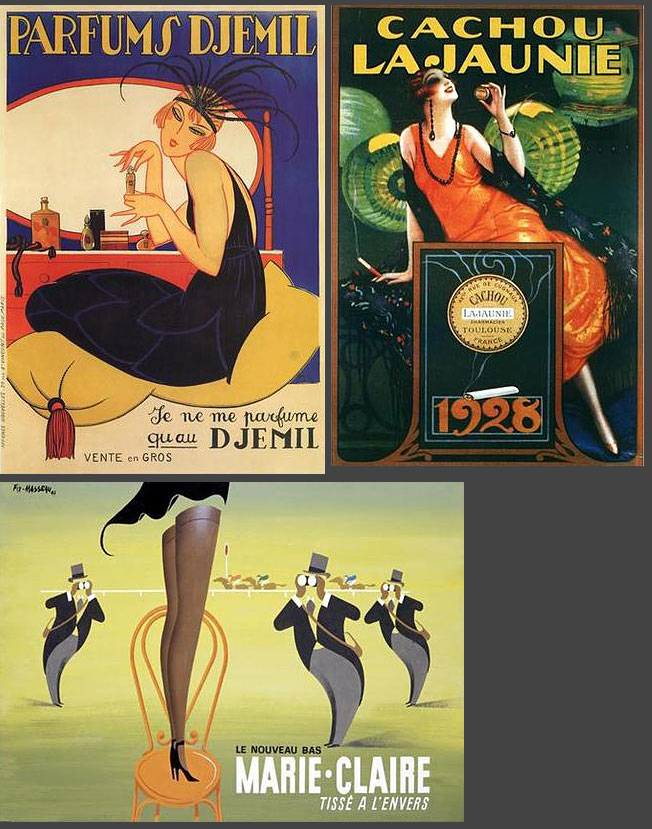
Nowhere is the spirit of the age reflected more closely than in Tamara
de Lempicka's paintings:

The Graphic Design of the new era reflected itself in a diverse range
of products
from bookbinding to cigar labels:


From radios (a new invention in and of itself to candleholders to furniture,
the new geometric, cleanlined style, crafted out of expensive woods and
metals alongside the "plastic" of the age bacalite, ran rampant...
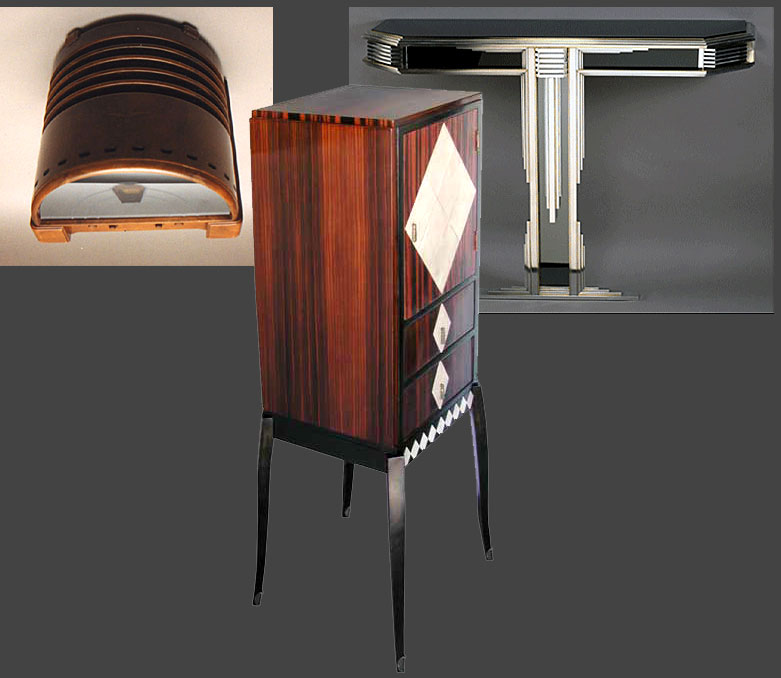
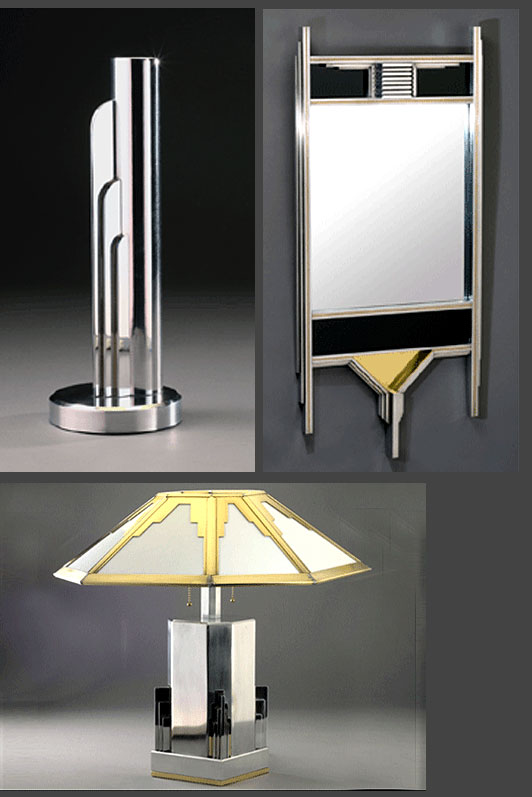
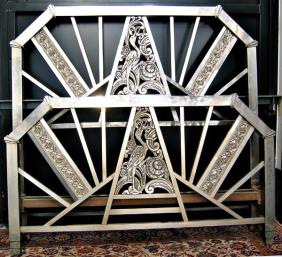
The usage of jewelery and watches became
more widespread and the deco style was implemented both with precious
stones and metals as well as
bacalite and fashion jewelry. Cartier and Bulova were the men of the
hour:
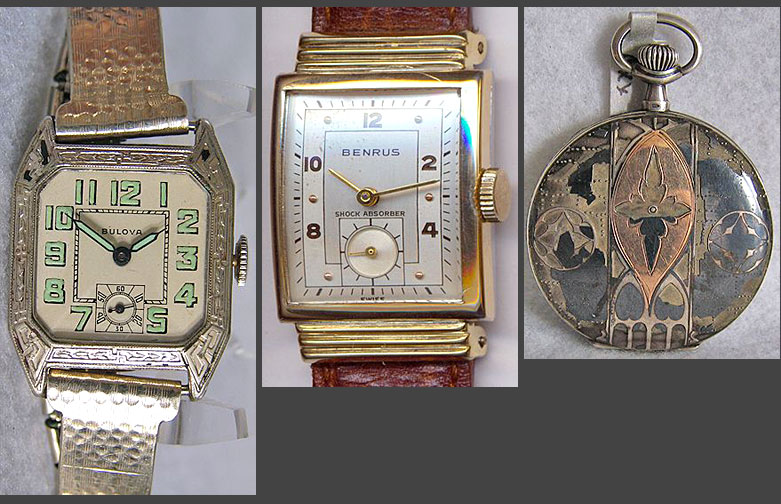
In the United States Deco design was implemented both into the architecture
as well as the interior design
and ornamentations of skyscrapers:
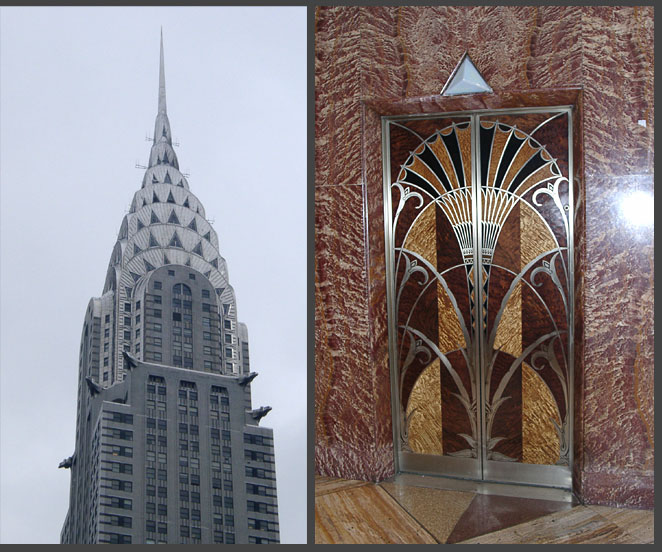
Chrysler Building, New York
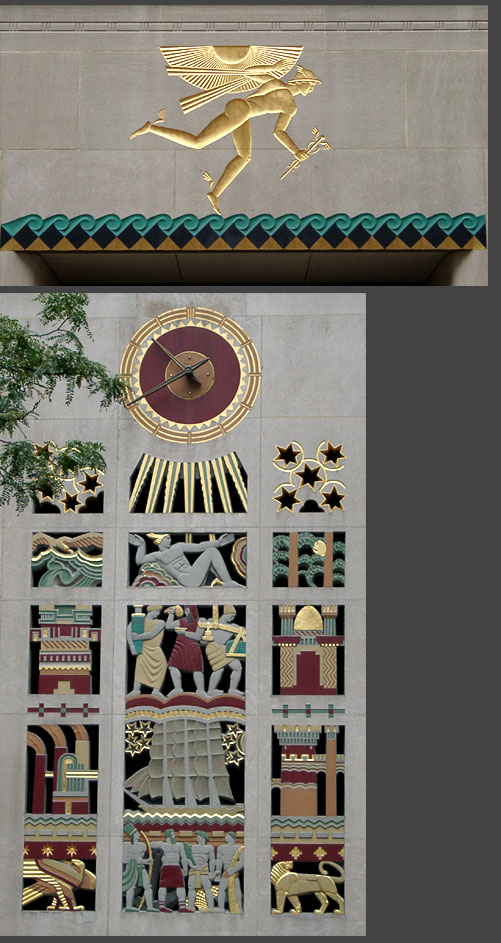
Rockefeller Center, New York
All in all, the period between the two world wars is the start of the
modern age: Ideologies, morals, ethics, design and art were questioned,
redefined and challenged to an unprecedented degree. Compared to the
collossal rift between Art Deco and what came before it, our own inovations
and experimentations seem meager efforts indeed.